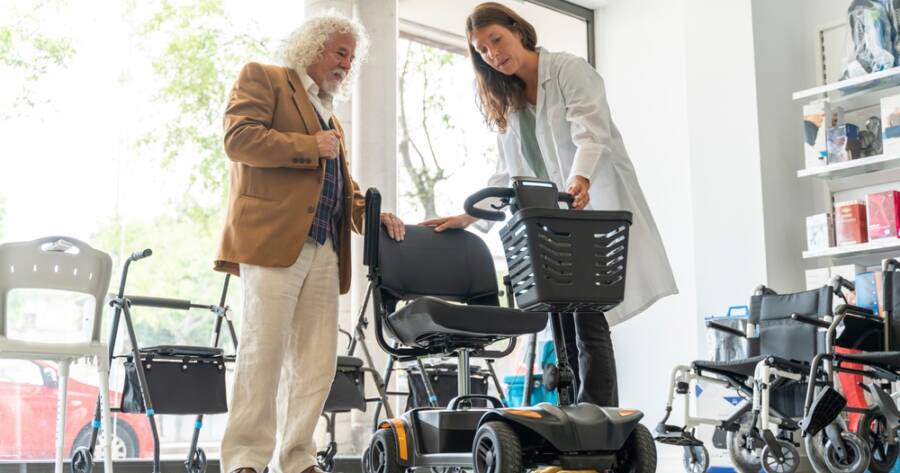Seniors across the United States are gaining renewed independence through affordable mobility scooters. With assistance programs like Medicare, eligible individuals may access these life-enhancing devices at little to no cost. Understanding how Medicare coverage works (and who qualifies) can make all the difference in securing a scooter that improves daily life, mobility, and overall well-being.
Understanding Medicare Coverage for Mobility Scooters
Medicare provides substantial support to those in need of mobility devices, with the potential to cover up to 80% of the cost under Part B. However, to be eligible, certain criteria must be met: individuals need a doctor’s prescription, and the scooter must be medically necessary for use within the home according to guidelines. A face-to-face medical examination is mandatory within six months prior to receiving the scooter to ensure the necessity of the device, particularly when manual aids like canes or walkers prove insufficient per Medicare requirements.
Key Programs and Financial Assistance
Beyond Medicare, additional programs offer financial aid and equipment support to seniors. Medicaid is an option, though coverage and criteria vary by state. Veterans’ benefits may also provide funding or resources for mobility scooters for eligible individuals. Moreover, various non-profit organizations work tirelessly to ensure that those in need receive vital mobility assistance, often bridging the gap for those who are not fully covered by Medicare or Medicaid with added support.
Medicare-approved suppliers provide scooters that adhere to safety and performance standards, ensuring that recipients receive high-quality devices. This not only provides peace of mind but guarantees their durability and safety, qualities crucial for those reliant on these devices for daily living. Seniors are encouraged to consult local community groups and resources such as the Medicare Rights Center for further guidance on how to navigate the complexities of coverage and acquire mobility devices.
Tips for Navigating the Application Process
Applying for a Medicare-covered mobility scooter can feel overwhelming, but preparation makes the process smoother. Begin by scheduling a doctor’s appointment to obtain a prescription and confirm medical necessity. Keep records of your symptoms, limitations, and any failed attempts with manual aids to support your case during the evaluation.
Next, ensure you work with a Medicare-approved supplier and verify that all documentation is complete and accurate. Suppliers will help submit claims, but it’s important to follow up to avoid delays. Reaching out to advocacy groups or local senior centers can also provide helpful guidance and application support. Being informed and proactive can significantly improve your chances of securing full or partial coverage.
Why You Should Learn More About No-Cost Mobility Scooters Today
Exploring the availability of no-cost mobility scooters could be the first step towards a more independent and fulfilling life for seniors facing mobility challenges. With various programs available that cater to different needs and financial situations, understanding the options can provide significant benefits. Whether through Medicare, Medicaid, veterans’ benefits, or local non-profit assistance, there are pathways to secure the assistance needed.
Sources
Medicare Coverage for Mobility Scooters

